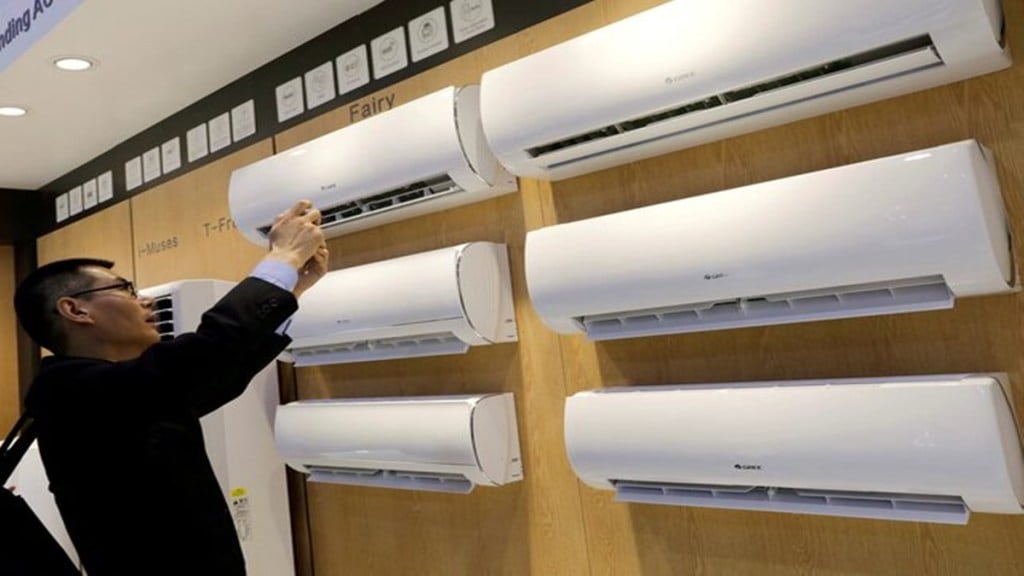If you have an air conditioner (AC) that is more than eight years old, chances are you may get paid for buying a new one. The government is considering an incentive scheme to encourage the replacement of old ACs with energy-efficient 5-star rated models
The proposed initiative, led by the power ministry, would offer financial incentives similar to those in the vehicle scrappage programme.
According to officials, the incentives could be structured in three ways: consumers may sell their old ACs to recyclers in exchange for a certificate redeemable against the purchase of a new 5-star AC, manufacturers could introduce exchange discounts, or incentives could be provided as rebates on electricity bills. The move is expected to reduce peak summer power consumption and promote sustainability by transitioning to energy-efficient cooling solutions.
“The aim is to smoothen the load curve by replacing inefficient, non-star ACs with energy-efficient Bureau of Energy Efficiency (BEE) 5-star models. Consultations are underway to finalise the best mechanism to encourage consumer participation, whether through manufacturers, recyclers, or direct bill reductions,” a government official told FE.
For manufacturers, the scheme signals assured replacement demand within a fixed time-frame. With a well-structured roll-out, it could provide a steady market for energy-efficient ACs, encouraging production and sales in a competitive sector. Leading brands such as Blue Star, Godrej, Havells (Lloyds), LG, Voltas, O’General, and Samsung have been invited to provide input on the plan’s execution.
Energy consumption for cooling has been rising rapidly in the country. In 2023-24, buildings consumed nearly 500 terawatt-hours (TWh) of electricity — about one-third of the country’s total— while cooling accounted for 25% of that consumption, according to BEE data. This is driven by increasing household reliance on ACs amid rising temperatures and urbanisation, alongside commercial cooling needs in sectors such as hospitality, healthcare, and retail.
The demand for ACs in the country has surged from 8.4 million units in 2021-22 to 10.9 million in 2023-24. BEE’s Indian Energy Scenario report projects that the percentage of households with ACs will grow from 8% in 2017-18 to 21% by 2027-28 and 40% by 2037-38.
Officials note that older ACs — most of which have efficiency ratings below 3 stars — are major energy guzzlers. The proposed scheme is expected to help lower electricity bills for consumers while reducing energy demand. “This isn’t just a one-time incentive; households will save significantly on monthly bills, contributing to the goals of the India Cooling Action Plan (ICAP), which targets a 25–40% reduction in cooling energy requirements by 2038,” an official explained.
According to estimates from BSES Yamuna Power, replacing an old AC with an energy-efficient model can save around 1,276.8 kWh and approximately Rs 6,320 per unit annually. Scaling this to 3,000 ACs could lead to cumulative savings of 3.83 million kWh (MUs) and Rs. 1.90 crore per year.
Beyond economic benefits, the initiative will contribute to emission reductions. Cooling currently accounts for 7% of global greenhouse gas emissions, a figure expected to double by 2050. In India, the contribution from space cooling is projected to rise from 8% in 2016 to 30% by mid-century.

